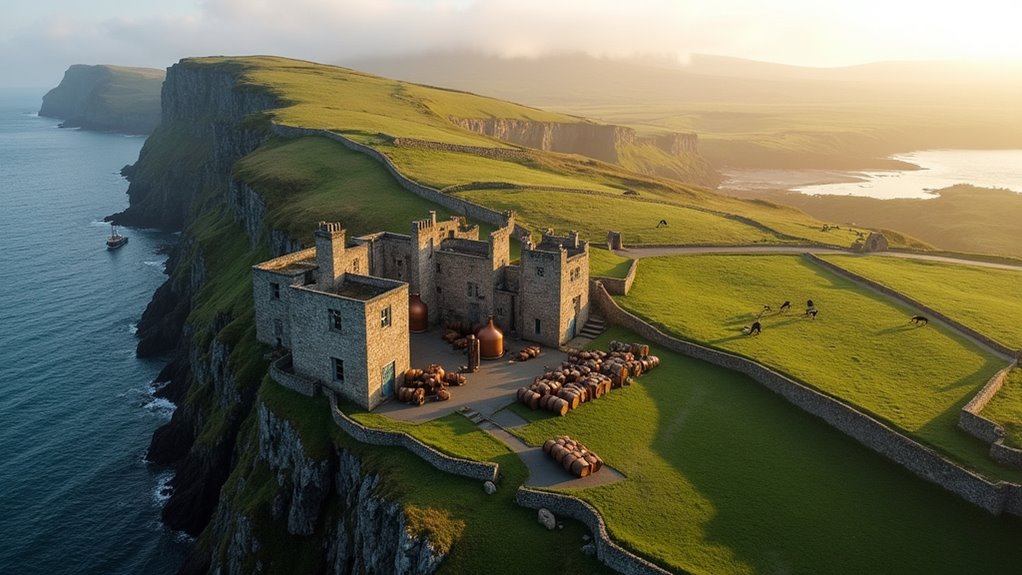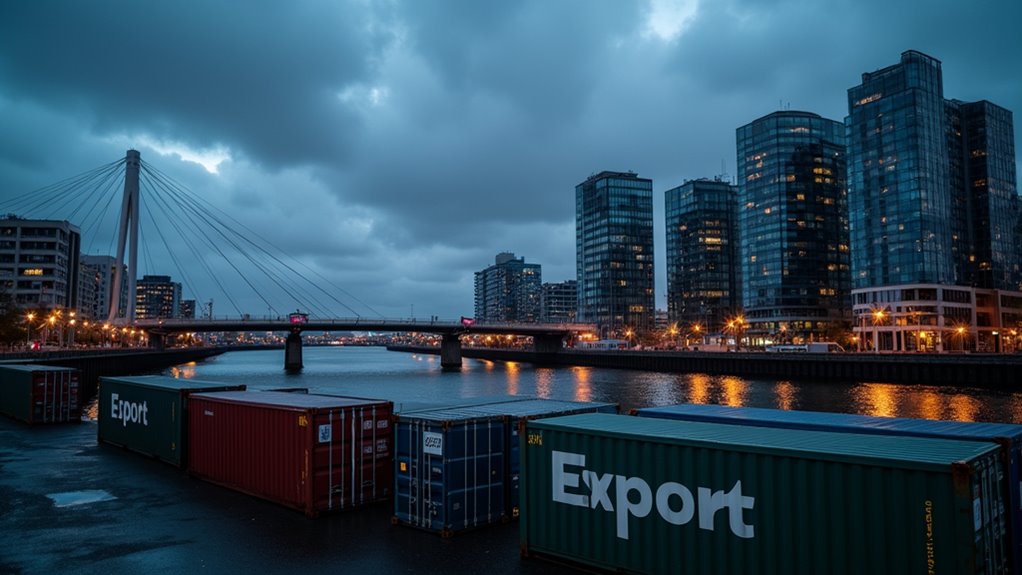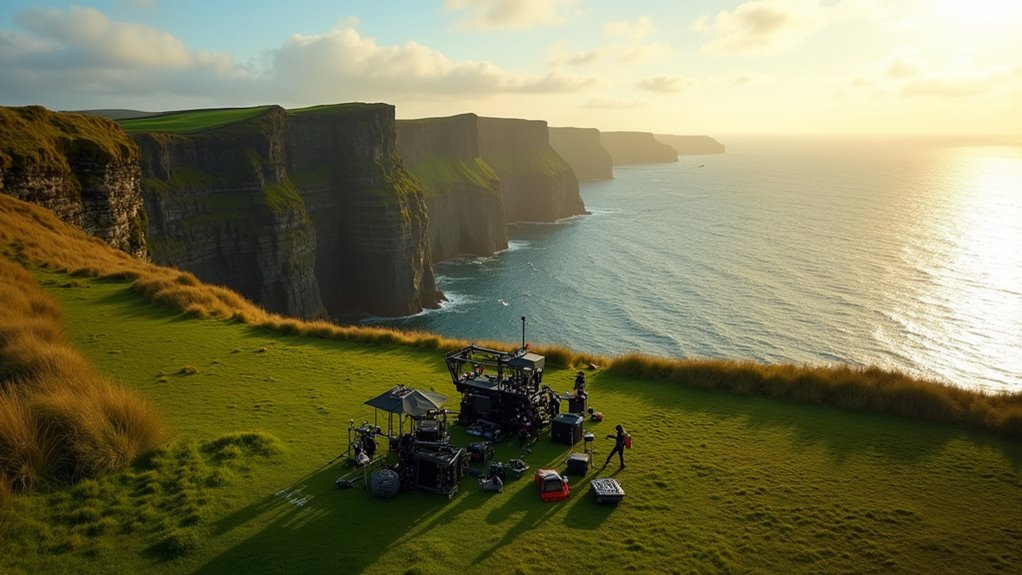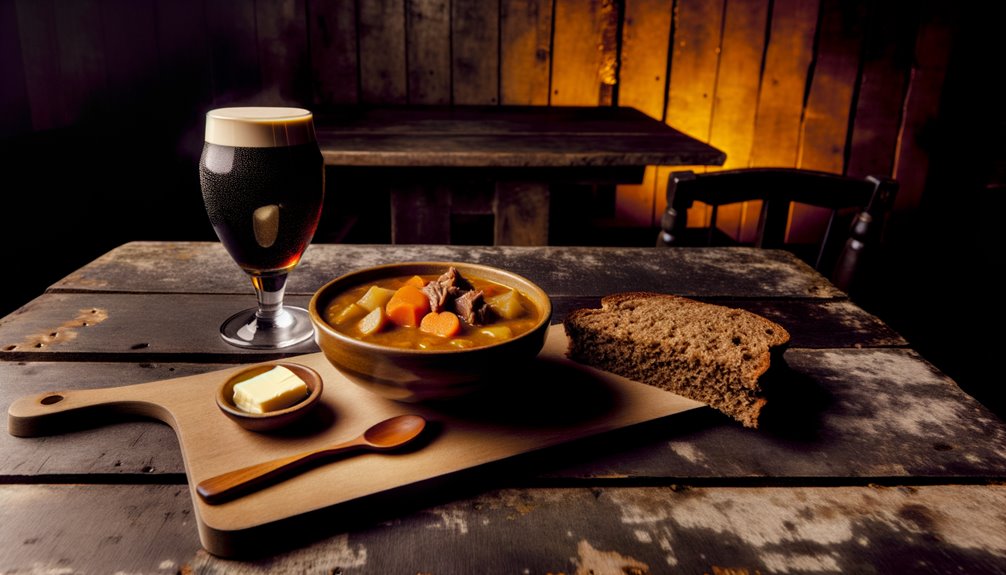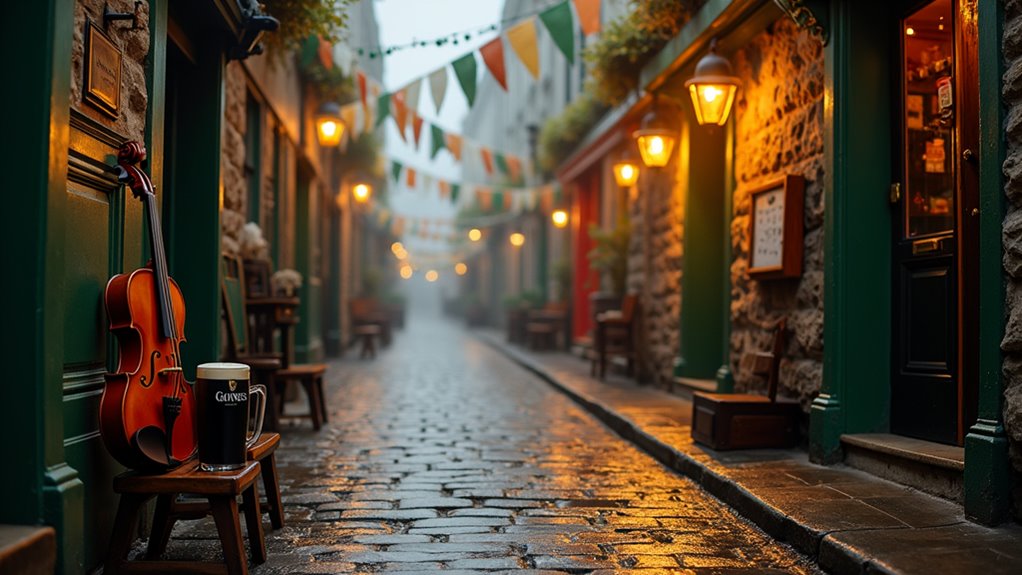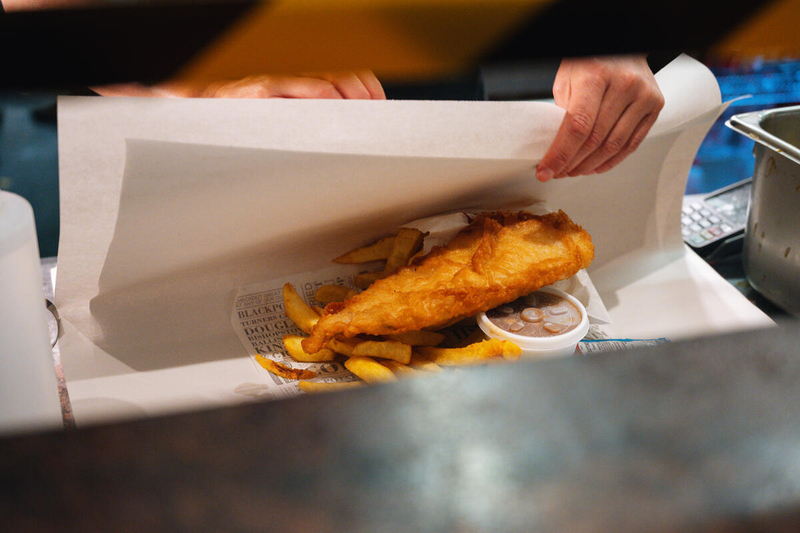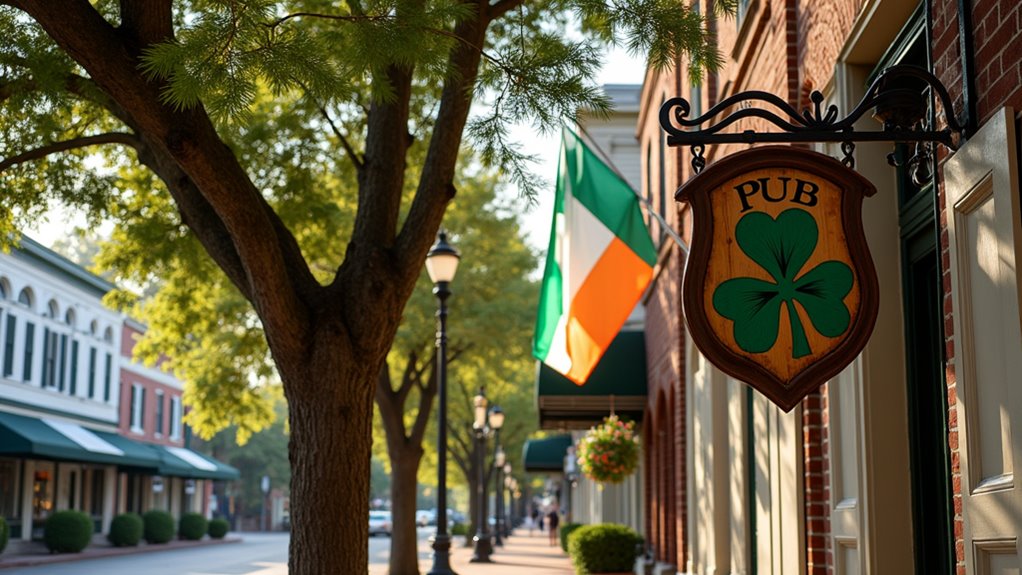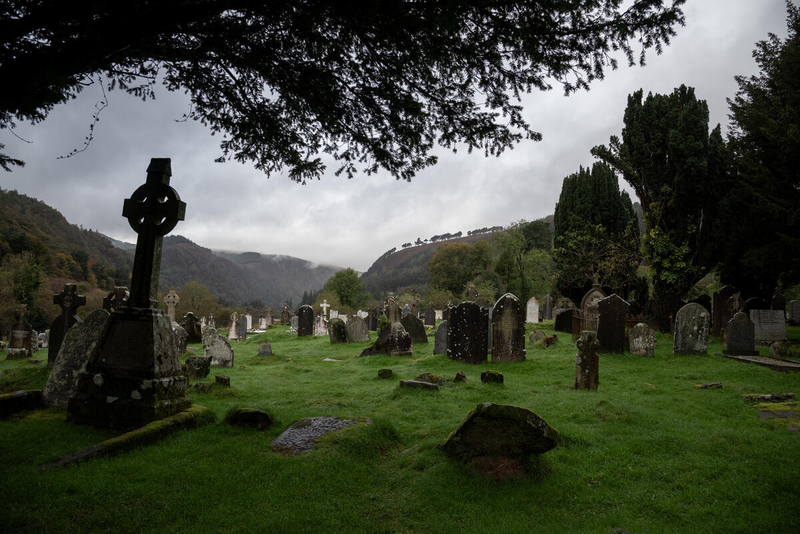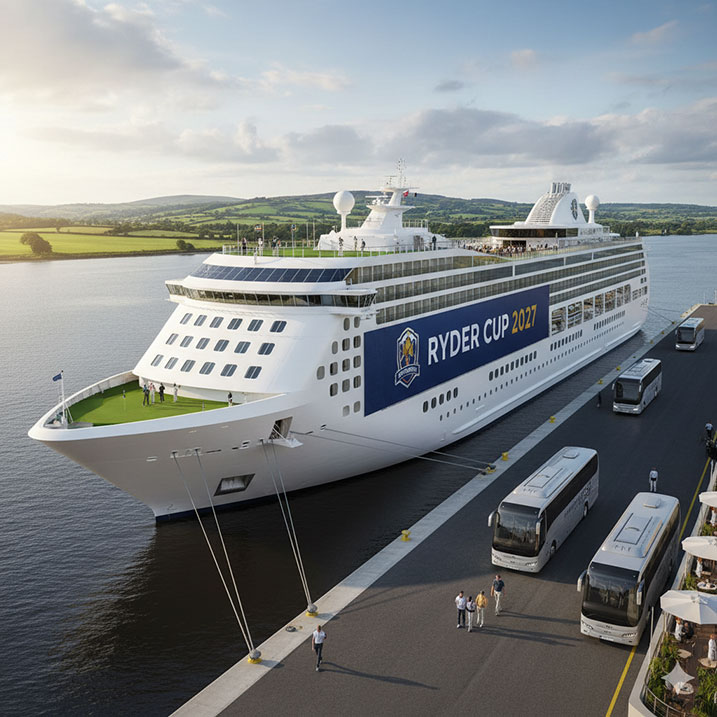Nestled just three miles off Dublin’s rugged coastline, Lambay Island Whiskey Distillery stands as a demonstration to the marriage between historical legacy and modern innovation. The 630-acre island—home to unexpected wallabies and steep, dramatic cliffs—has transformed from a strategic defense post against pirates in the 1560s to Ireland’s most unlikely whiskey production site.
It’s a place where history echoes with every wave; where Derrick Huiberts Verveer once poured spirits for sailors in the 1600s, and where today’s distillers craft liquid poetry against all logistical odds.
The Baring family, who’ve owned this rocky outcrop since Cecil Baring’s 1904 purchase for what would now be about £608,000, didn’t initially envision creating whiskey here. But a century later, they joined forces with the Camus family—those French cognac virtuosos—to reimagine what Irish whiskey could be.
The result? A distillery that operates with one foot in tradition and the other stepping boldly into sustainable innovation. This unique destination has become part of Ireland’s cultural identity that draws international visitors seeking authentic experiences beyond traditional tourist attractions.
What makes Lambay truly remarkable isn’t just its island isolation but its stubborn refusal to compromise on environmental principles. The distillery—perhaps the definition of “remote working”—operates primarily during winter when tourist boats aren’t competing for landing space, and when the island’s wildlife isn’t disturbed by human activity.
No electricity lines stretch across the Irish Sea to Lambay; instead, operations run on HVO (a cleaner diesel alternative) while plans for solar, wind, and wave power materialize.
The whiskey-making equipment arrived via boat—no small feat considering Ireland’s temperamental weather—and now serves in a closed-loop system where nothing goes to waste. Even excess heat from distillation warms the adjacent 15th-century castle, a building that has witnessed centuries of Irish history.
It’s distilling as the ancients might have done it, but with modern environmental consciousness. The island’s micro-climate remains independent and contributes unique characteristics to the aging process that mainland distilleries simply cannot replicate. The Single Malt variety absorbs distinctive maritime notes while maturing in The Sea Cask Room on the island.
This tiny island, once home to just nine souls according to Petty’s 1659 census, has become an unlikely beacon for what whiskey production might look like in an era demanding both excellence and sustainability.
